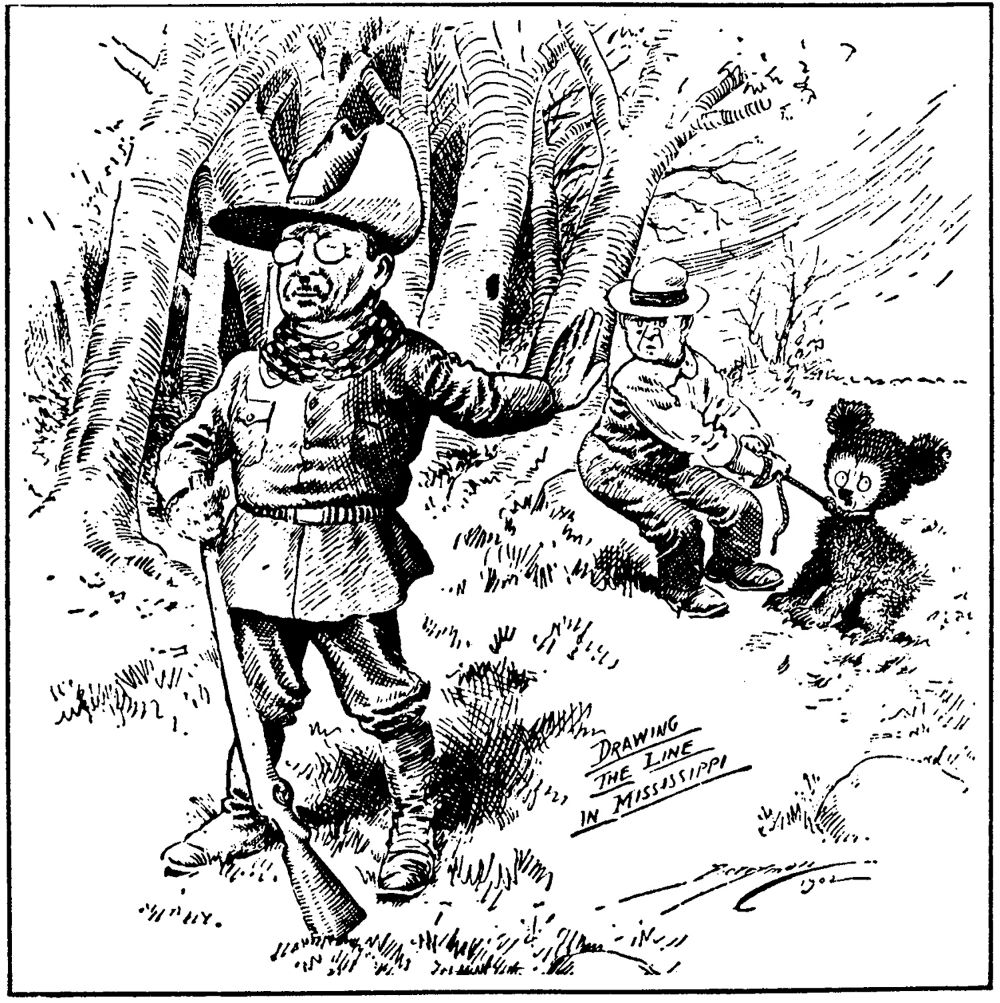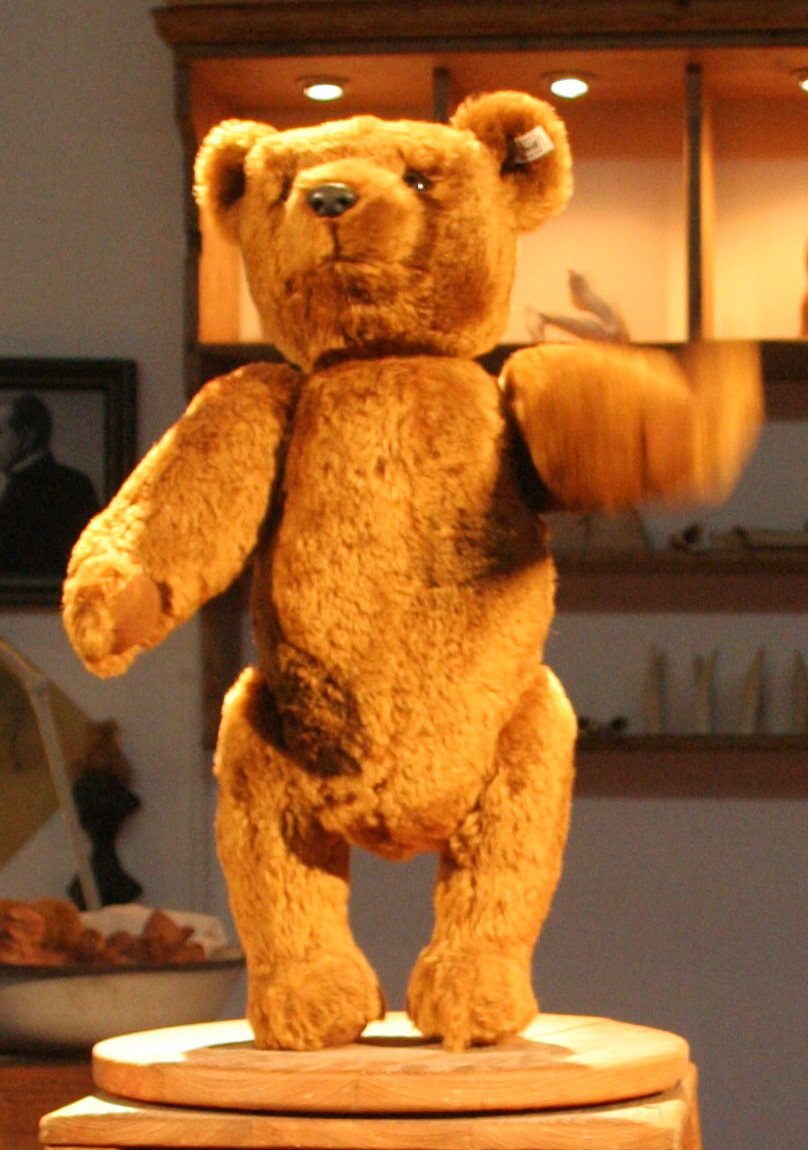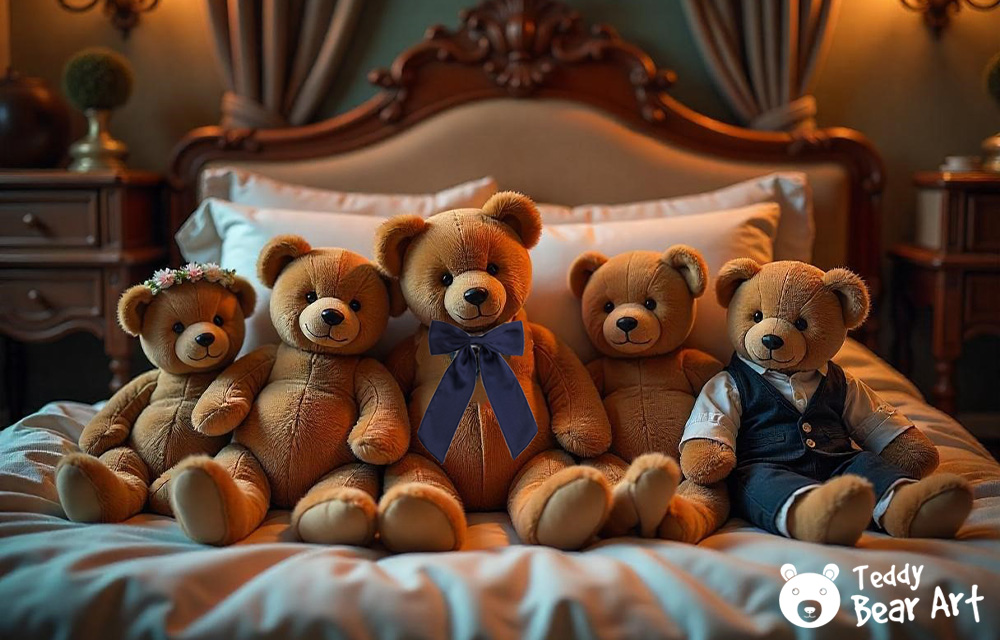The teddy bear holds a special place in our hearts as one of the most beloved toys across generations. But what is the first teddy bear, and how did this charming creature come to symbolize comfort and companionship? In this exploration, we will dive into the fascinating historical facts behind the first teddy bear, its cultural impact, and how it continues to resonate with both children and adults today.
What is the First Teddy Bear? Unveiling Its Story
Historical Context
The late 19th century was a time of great change. As industrialization swept through the Western world, families began to experience shifts in their daily lives and leisure activities. With new materials and manufacturing techniques, toys transitioned from handcrafted items to mass-produced goods. This era laid the groundwork for a new stuffed toy that would captivate young hearts—enter the teddy bear.
The Birth of the Teddy Bear
The iconic teddy bear owes its existence to two chance encounters in 1902, one in the United States and the other in Germany. In America, President Theodore Roosevelt, known for his adventurous spirit, went on an expedition to Mississippi, where he faced a rather unfortunate situation: he was unable to find any game.
To add a bit of fun, his aides captured a bear cub and tied it to a tree, suggesting that Roosevelt should shoot it. However, the president, valuing the spirit of fair play, refused to kill the defenseless animal. This act of compassion ignited a wave of admiration across the nation and inspired toy maker Morris Michtom.
Michtom, along with his wife, Rosalie, decided to create a plush bear in honor of Roosevelt’s kindness. They displayed it in the window of their candy store in New York City, and the bear quickly attracted the attention of shoppers. This bear, affectionately named “Teddy’s Bear,” was the first of its kind. With its soft fur and charming expression, it quickly captured the hearts of children everywhere.

Simultaneously, in Germany, Margarete Steiff, who founded a toy manufacturing company in the 1880s, began sewing soft toys. She was inspired to create bears for children and proposed to her nephew Richard Steiff the idea of designing a stuffed bear. In 1902, Richard developed a bear named Bear 55PB, where 55 signifies its standing height of 55 centimeters, P indicates the material “Plüsch” (plush), and B represents its “Beweglich” (movable) design.
Inspired by the same spirit of adventure and affection that surrounded Roosevelt, the bear was initially nameless but eventually received the name “Teddy” in honor of the American president, solidifying its place in toy history. Thanks to the combined contributions of Michtom and Steiff, the teddy bear became not only a symbol of childhood but also an enduring icon that continues to inspire admiration today.

The Impact of the First Teddy Bear
The Popularity Surge
Once introduced to the market, the teddy bear took off like wildfire. Children clamored for their own cuddly companion, and soon, other manufacturers began producing their versions of this iconic toy. The teddy bear was no longer just a plush toy; it became a cultural phenomenon that transcended social classes and captured the imagination of the public.
Cultural Significance
The teddy bear quickly found its way into children’s literature and popular culture. From stories like “Winnie the Pooh” to films featuring heroic stuffed animals, the teddy bear became a symbol of childhood innocence and adventure. For many, the teddy bear represents a trusted friend, always there to provide comfort during life’s challenges.
Evolution of the Teddy Bear
Variations and Designs
As time progressed, the teddy bear evolved in design and purpose. Different manufacturers introduced various styles, fabrics, and sizes, ensuring there was a perfect teddy bear for everyone. Notable brands like Steiff and Gund pushed the boundaries of creativity, offering innovative designs that appealed to collectors and children alike.
Modern Interpretations
Today, teddy bears come in various forms, from themed bears to character-driven designs. We see bears dressed as superheroes, princesses, or even inspired by popular franchises. They have also found a place in charity work, with initiatives that donate teddy bears to children in hospitals, showcasing their enduring ability to bring comfort in difficult times.
The Legacy of the First Teddy Bear
Continuing Popularity
So, what is the first teddy bear? It is not just a toy; it is a symbol of love, nostalgia, and companionship. Even after more than a century, the teddy bear remains a favorite among children and collectors, bridging generations and bringing joy to countless lives.
Nostalgia and Collecting
The teddy bear is more than just a children’s toy; it often serves as a cherished keepsake that evokes fond memories of childhood. Some of them become true works of art and can reach astronomical prices. For instance, there are only a few specimens in the world that have been sold for tens of thousands of dollars. Among them, the Teddies by Steiff, made from luxurious mohair and hand-decorated, is known as one of the most expensive bears in the world, with a price that can exceed 2 million dollars!
Other bears, like the Glass Bear adorned with diamonds, also captivate with their unique designs and rare materials. Collectors and enthusiasts gather at events to showcase their vintage finds and share stories about the joy these bears have brought into their lives. Learn more about the most expensive teddy bears and their stories on our website here.
Conclusion
In summary, the story of the first teddy bear is one of compassion, creativity, and cultural significance. From its humble beginnings inspired by a president’s kindness to becoming a beloved icon of childhood, the teddy bear has truly left an indelible mark on our hearts. Whether as a cherished childhood friend or a nostalgic collectible, the teddy bear continues to be a symbol of love and comfort for all ages.
Get Free Patterns & Be the First to Know!
Want free teddy bear patterns, exclusive tutorials, and a chance to win craft supplies?
Sign up for our newsletter using the subscribe form in the middle of this article to receive new patterns, insider tips, and the latest news on teddy bear art. You’ll also automatically be entered into our annual giveaway for a chance to win teddy bear crafting materials.
Bonus entry: Save one of our pins on Pinterest to increase your chances of winning!
Let’s create, inspire, and craft beautiful teddy bears together!


Hanna,
I thoroughly enjoyed your deep dive into the origins of the teddy bear and its lasting cultural impact. Your article beautifully captures the essence of how this simple toy, born from a moment of compassion, evolved into a beloved icon transcending generations. The intertwining stories of Morris Michtom and Margarete Steiff highlight the serendipitous nature of its creation, reflecting a fascinating blend of American and German ingenuity.
Your narrative not only illuminates the teddy bear’s historical journey but also its transformation into a symbol of nostalgia and comfort. The examples of Steiff’s luxurious bears and their astronomical prices add an intriguing dimension to the teddy bear’s story, illustrating how something so universally cherished can also become a coveted collector’s item.
As we reflect on the evolution of the teddy bear, I find myself pondering: How do you envision the role of teddy bears in future generations as technology continues to reshape our interactions and perceptions of comfort?
Looking forward to your thoughts and more of your delightful writings.
All the Best,
Eric
Thank you, Eric, for your thoughtful comment! I’m so glad you enjoyed the article and found the stories of Morris Michtom and Margarete Steiff as fascinating as I do. It is amazing how two individuals from different parts of the world helped shape the legacy of such an iconic toy.
As for the future of teddy bears, I think their role will continue to evolve, even with the rise of technology. While virtual and tech-driven experiences may dominate, I believe there will always be a place for the tangible comfort and nostalgia that teddy bears provide. In a way, teddy bears may become a bridge between the physical and digital worlds, perhaps through innovative designs that incorporate technology without losing the emotional connection they offer. We’ll likely see more collectors’ items, limited editions, and collaborations with digital trends, but their essence as symbols of comfort and cherished memories will remain.
Thank you again for your kind words, and I look forward to sharing more with you soon!
All the best,
Hanna
I absolutely loved this article! I’m curious—have you noticed a resurgence in teddy bear collecting recently, especially with vintage and limited-edition bears? Also, do you think the modern designs (like superhero-themed bears) have impacted the classic teddy bear’s legacy in any way? I’d love to hear your thoughts on how today’s culture is shaping the teddy bear’s role in both childhood and collectibles!
Thank you so much for your kind words!
I’ve noticed a resurgence in teddy bear collecting, especially with vintage and limited-edition bears. Many collectors are drawn to the nostalgia and craftsmanship of classic designs. As for modern designs, like superhero-themed bears, I think they bring a fresh perspective while complementing traditional teddy bears’ timeless appeal. Today’s culture shapes the teddy bear’s role, making it both a cherished childhood companion and a collectible that resonates across generations. It’s fascinating to see how these trends blend old and new!